Best of Istanbul
Hagia Sophia
After the Ottoman Sultan converted it into a mosque and remained as a mosque for about 500 years, Hagia Sophia was turned into a museum with Atatürk’s founding of the Republic. Hagia Sophia has been used as a mosque and a semi-museum since 2020.
Official site: https://www.ayasofyacamii.gov.tr/en
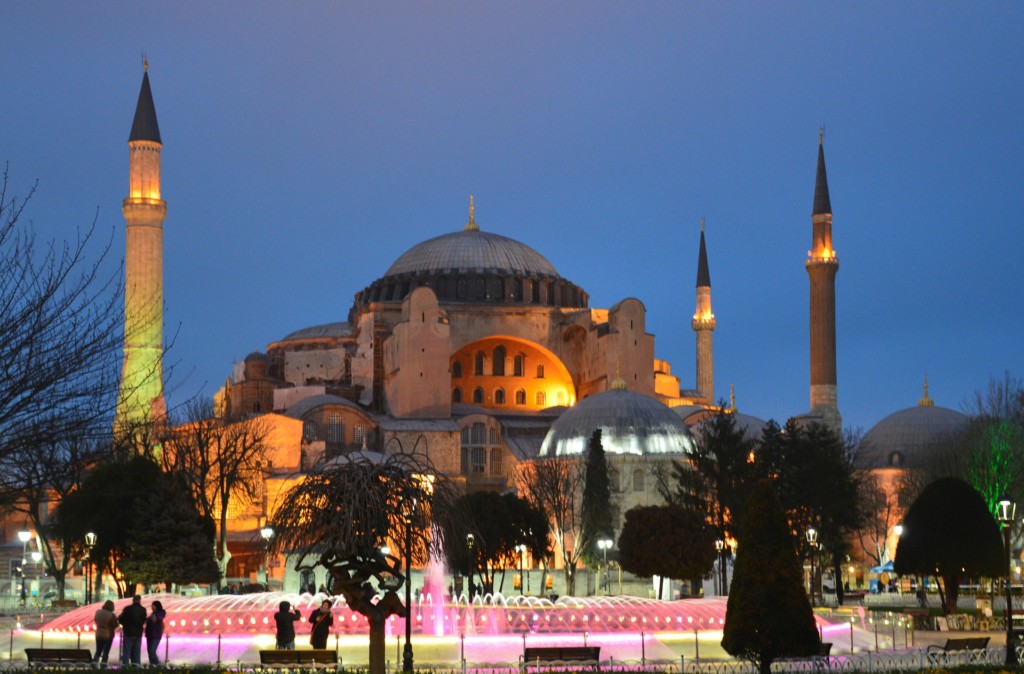
Topkapi Palace
First built by Mehmet the Conqueror in the 15th century, this glorious palace beside the Bosphorus is where sultans of the Ottoman Empire ruled over their dominions up until the 19th century. The vast complex is a dazzling display of Islamic art with opulent courtyards, lined with intricate hand-painted tile-work, linking a warren of sumptuously decorated rooms, all bounded by battlement walls and tower.
Of the many highlights here the most popular are: the Harem (where the sultan’s many concubines and children would while away their days); the Second Court where you can walk through the vast Palace Kitchens and stand in awe at the dazzling interior of the Imperial Council Chamber; and the Third Court (which contained the sultan’s private rooms) which displays an impressive collection of relics of the Prophet Muhammad in the Sacred Safekeeping Room, and is home to the Imperial Treasury where you’re greeted with a cache of glittering gold objects and precious gems that will make your eyes water. To fully see Topkapı Palace, you’ll need at least half a day.
Location: Babıhümayun Caddesi, Gülhane Park
Official site: http://www.topkapisarayi.gov.tr/tr
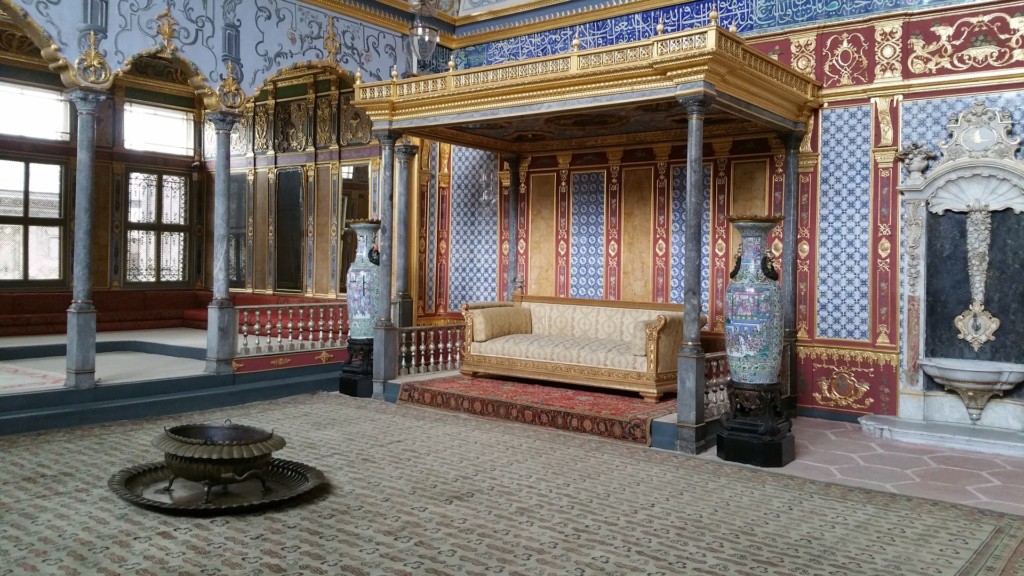
Blue Mosque
Sultan Ahmet I’s grand architectural gift to his capital was this beautiful mosque, commonly known as the Blue Mosque today. Built between 1609 and 1616, the mosque caused a furore throughout the Muslim world when it was finished as it had six minarets (the same number as the Great Mosque of Mecca). A seventh minaret was eventually gifted to Mecca to stem the dissent. The mosque gets its nickname from its interior decoration of tens of thousands of İznik tiles. The entire spatial and colour effect of the interior make the mosque one of the finest achievements of Ottoman architecture.
Location: At meydanı, Sultanahmet
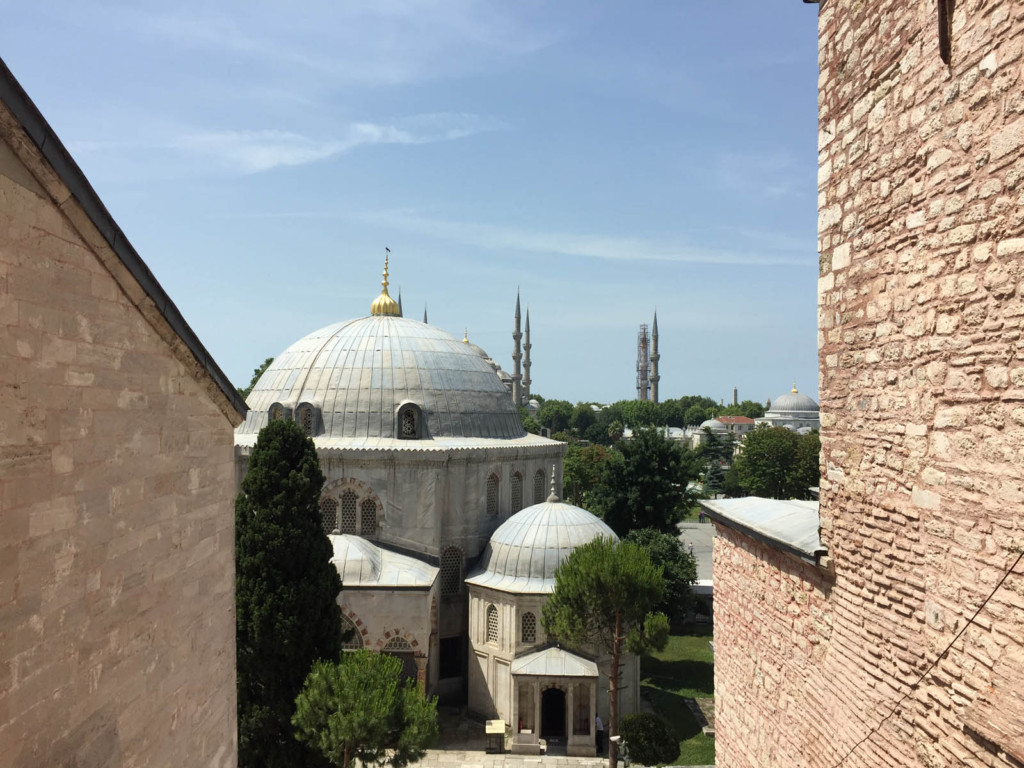
Underground Cistern
The Basilica Cistern is one of Istanbul’s most surprising tourist attractions. This huge, palace-like underground hall, supported by 336 columns in 12 rows, once stored the imperial water supply for the Byzantine emperors. The project was begun by Constantine the Great, but finished by Emperor Justinian in the 6th century. Many of the columns used in construction were recycled from earlier classical structures so feature decorative carvings. The most famous of these are the column bases known as the Medusa stones in the northwest corner with their Medusa head carvings. A visit here is very atmospheric with the columns beautifully lit and the soft steady trickle of water all around you.
Location: Yerebatan Caddesi, Sultanahmet
Official site: http://yerebatan.com/
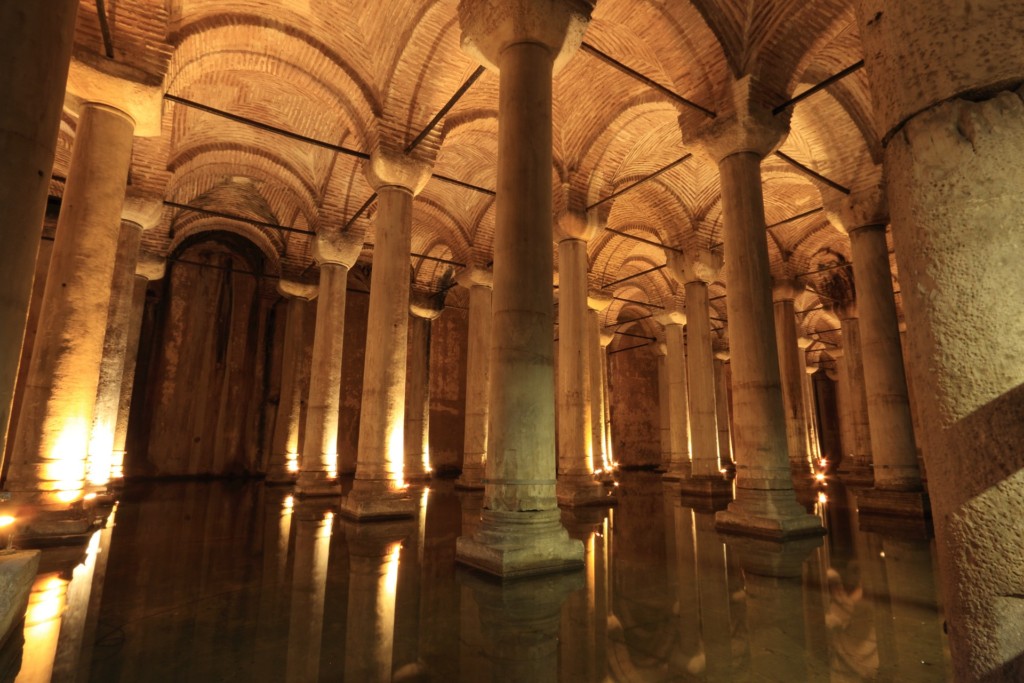
Hippodrome
The ancient Hippodrome was begun by Septimus Severus in AD 203 and completed by Constantine the Great in AD 330. This was the centre of Byzantine public life and the scene of splendid games and chariot races but also factional conflicts. Today there isn’t much of the Hippodrome left to see except for a small section of the gallery walls on the southern side, but the At Meydanı (park) that now stands on the site is home to a variety of monuments.
On the northwest side is a fountain, presented to the Ottoman sultan by the German Emperor William II in 1898. Then, heading southwest are three ancient monuments: a 20 m high Egyptian obelisk (from Heliopolis); the Serpent Column brought here from Delphi by Constantine; and a stone obelisk that originally was clad in gold-covered bronze plating until they were stolen by the soldiers of the 4th Crusade in 1204.
Location: At Meydanı, Sultanahmet
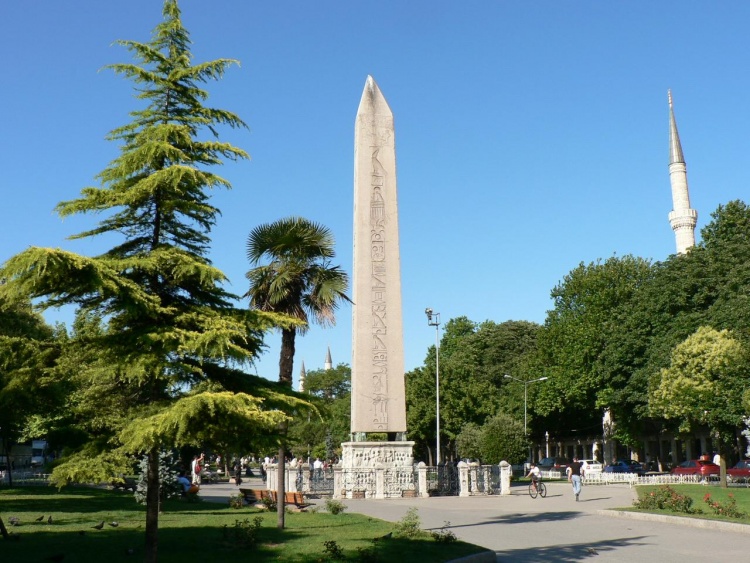
Grand Bazaar
For many visitors sightseeing in Istanbul is as much about shopping as museums and monumental attractions, and the Grand Bazaar is where everyone comes. This massive covered market is basically the world’s first shopping mall; it takes up a whole city quarter, surrounded by thick walls, between the Nure Osmanıye Mosque and Beyazıt Mosque.
Entrance is through one of 21 gates from where a maze of vaulted-ceiling lane-ways, lined by shops and stalls, cover the area. The various trades are still mostly segregated into particular sections, which makes browsing easier.
Location: Beyazıt Meydanı, Beyazıt
Official site: http://kapalicarsi.com.tr

Istanbul Archaeology Museum
Just a hop, skip and jump away from Topkapı Palace, this important museum complex brings together a staggering array of artifacts from Turkey and throughout the Middle East and sweeps through the vast breadth of history of this region. There are three separate sections in the complex, each of which are worthy of a visit: the Museum of the Ancient Orient; the main Archaeology Museum; and the Tiled Pavilion of Mehmet the Conqueror, which holds a staggering collection of ceramic art. As well as all the wonderful artifacts on display, don’t miss the interesting Istanbul Through the Ages exhibit room in the main Archaeology Museum.
Location: Gülhane Park, Sultanahmet
Official site: www.istanbularkeoloji.gov.tr
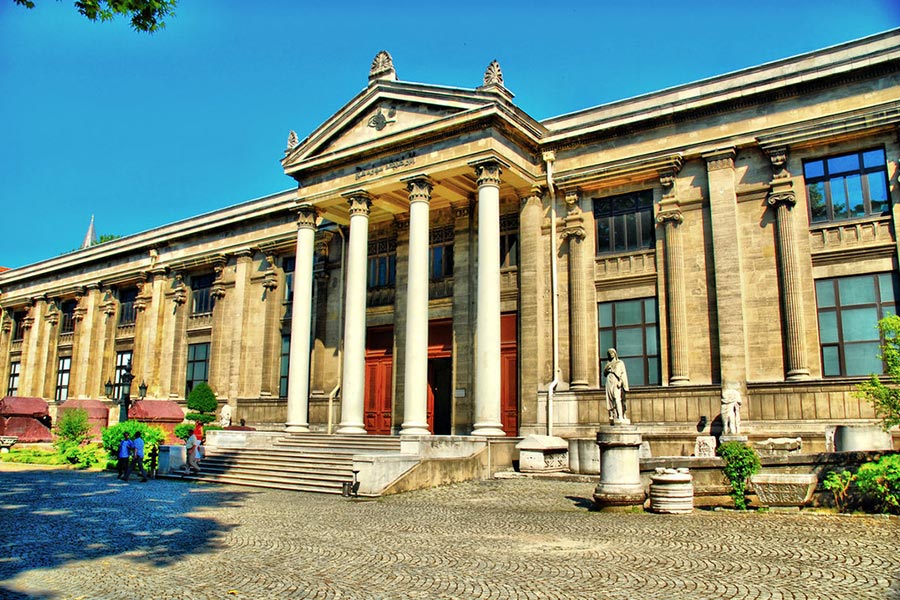
Museum of Turkish and Islamic Arts
Housed in the palace of İbrahim Paşa, who was Grand Vizier for Sultan Süleyman the Magnificent, this museum is a must-see attraction for anyone interested in Ottoman art. The carpet collection on display here is heralded by textile experts as the world’s best, while there are also exquisite ceramics, calligraphy and wood carving exhibits.
Location: At Meydanı Caddesi, Sultanahmet
Official site: www.tiem.gov.tr

Chora Church
Chora means “country” in Greek and this beautiful Church (originally called the Church of St Saviour of Chora) lies just outside old Constantinople’s city walls. The first Chora Church was probably built here in the 5th century, but what you see now is the building’s 6th reconstruction as it was destroyed completely in the 9th century and went through several face-lifts from the 11th to 14th centuries.
The church (now a museum) is rightly world-famous for its fabulously vibrant 14th century mosaics, preserved almost intact in the two narthexes and fragmentary in the nave, and the frescoes along the walls and domes. These incredible examples of Byzantine artistry cover a wide range of themes from the genealogy of Christ to the New Testament stories.
Location: Kariye Camii Sokak, Edirnekapı
Official site: http://kariye.muze.gov.tr/
Important Note: Under restoration… It is closed for visits right now.
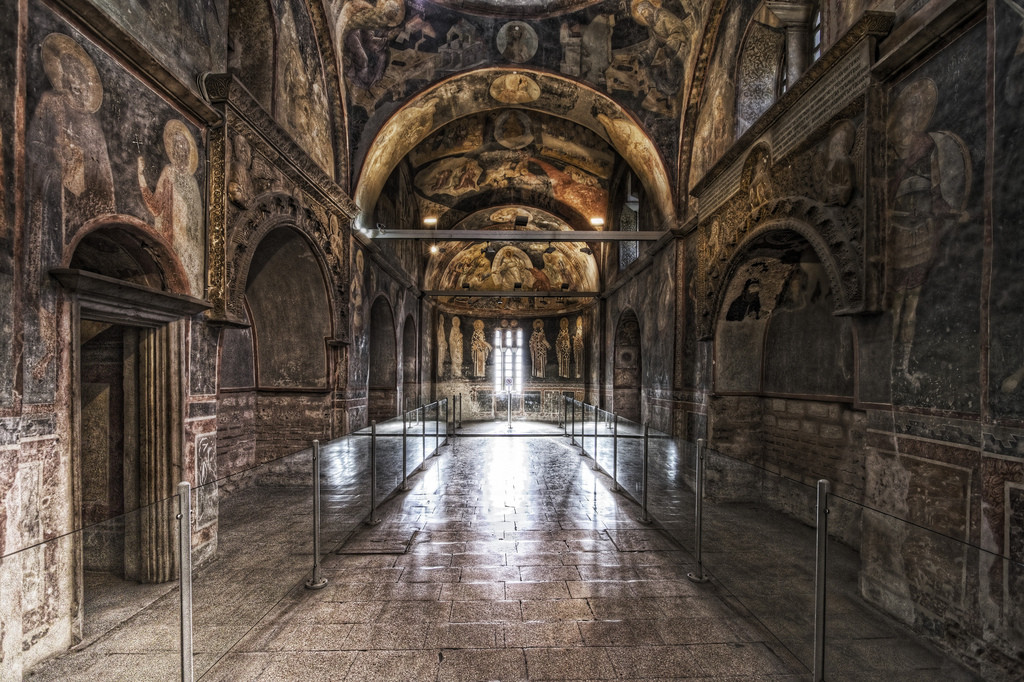
Spice Bazaar
The Spice Bazaar is the place to get your foodie fix of lokum (Turkish delight), dried fruit, nuts, herbs and of course spice. Much of the money that helped construct it came from the taxes the Ottoman government levied on Egyptian-made products which is why it’s name in Turkish (Mısır Çarşısı) means “Egyptian Market”. The Spice Bazaar is a prime tourist attraction and at certain times of the day gets ridiculously crowded with huge tour groups from the docked cruise ships. Try to come before 11am or after 4pm.
Location: Yenicamii Meydanı, Eminönü
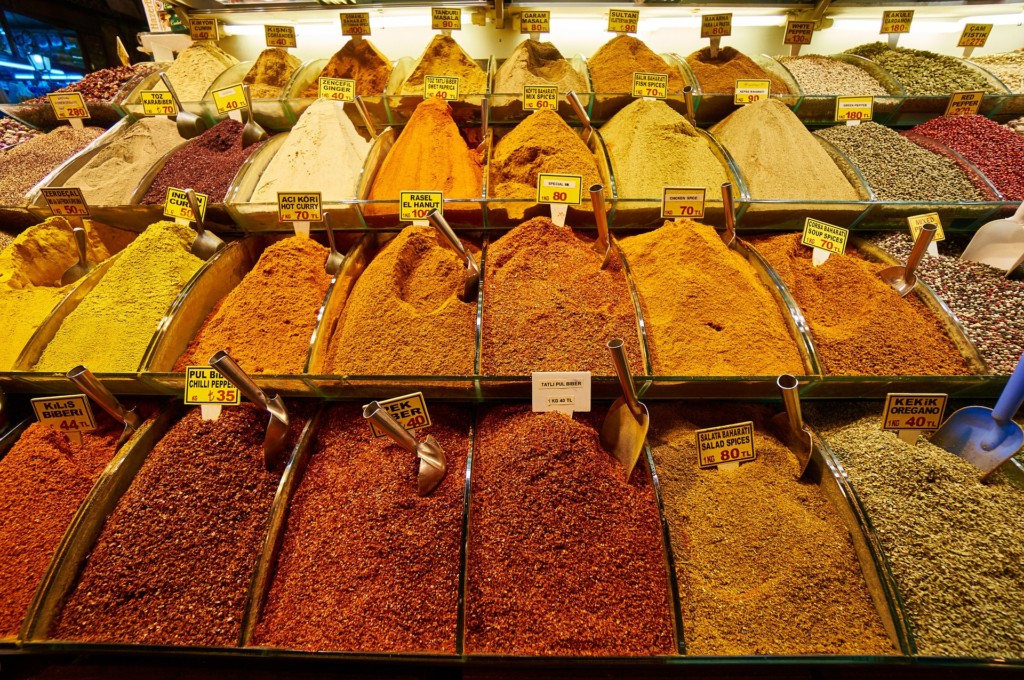
Serefiye Cistern
For First Time in the Whole World: 360° Projection Mapping
Although the Şerefiye Cistern, one of the oldest water structures in the Historic Peninsula of Istanbul with a history dating back almost to 1,600 years ago, does not have a construction epitaph, it is predicted based on the architectural features that it was built during the reign of Theodosius II (408 – 450).
The Şerefiye Cistern is the first museum of Turkey with 360° Projection Mapping system and the oldest building in the world to which this system has been integrated… You are invited to experience the interaction with a 1,600-year-old historical monument and enjoy 3D space perception while simultaneously following the traces of the water culture of both the Şerefiye Cistern and Istanbul.
Binbirdirek Mh., Piyer Loti Cd. No:2/1, 34122 Fatih/İstanbul
Official site : https://www.serefiyesarnici.istanbul/en

